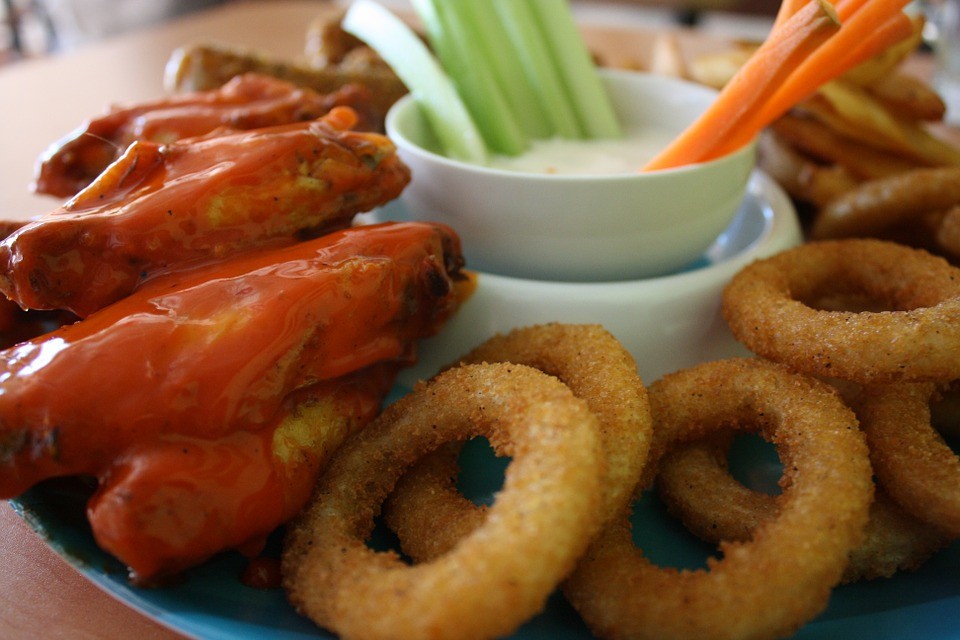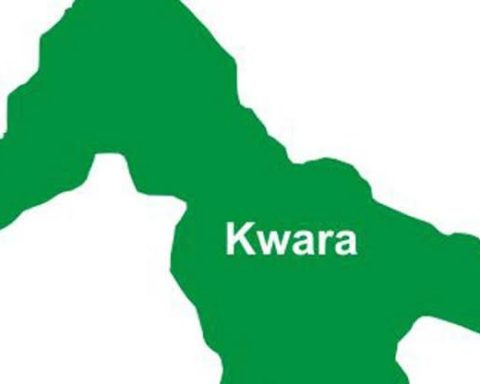Are you such a foodie of the American bites and sodas? You might assume that whatever food stuff you buy at the grocery store is safe to eat. Oh well, it has been nutritionally proven the ingredients in your much revered foreign groceries actually come with some unpleasant surprises.
According to Bess Berger, a women’s health dietitian and owner of Nutrition by Bess: “Many Americans don’t realize the bar for what we accept as food, or generally regard as safe, is below the standard of many, many countries.”
Join our WhatsApp ChannelThe nutritionist revealed that the United States may not have the tightest ingredient regulations contrary to your faith in the system. In fact, there are some ingredients that are currently used in commercial foods in the United States but have been banned in other countries for various health reasons.
At Prime Business Africa, we went nutritional today just to show you that the business of health should be prioritised too in your life and living.
Here – the ingredients that you should stop consuming on a regular basis:
1. Brominated Vegetable Oil (BVO)
BVO is a common additive in citrus soda, you and I consume every day. Let’s not mention brands for the sake of morality. You already know citrus-based soda drinks. Right? Dietician Berger stated that BVO is “sometimes used to keep citrus flavoring from separating out in sodas and other beverages Please stop taking them if you can.
At the same time, BVO “contains bromine which can be linked to skin irritations, headaches, memory loss, and impaired balance,” Berger pointed out. She also noted that Europe, India, and Japan have all banned the iffy ingredient. But it is still very legit to use it in the US. In fact, PepsiCo Inc had to agree to stop adding BVO to its Gatorade drinks after a teenager from Mississippi started a petition to encourage the company to drop the substance, according to a Reuters’ report.
2. Olestra
Olestra was reportedly approved by the US Food and Drug Administration in 1996. The substance was meant to replace fat in calorie-free, fat-free, and cholesterol-free foods. But it turned out that olestra causes unfavorable side effects, which is why it is not used in Canada and the European Union. Izma Almasar, a nutritionist at Honest Brand Reviews and Mental Flosss actually confirmed that “diet” versions of Pringles, Ruffles and Doritos were linked to various unfortunate health issues like cramping, diarrhea, and “loose bowel movements,” or what was deemed at the time “fecal urgency” and “anal leakage.” What more can we say? Paddle clear from “diet” variants of foods to be double sure.
3. Potassium Bromate
We all must have heard this time without number. An additive that’s used for baking, potassium bromate is something that you might find in your bread. Ever picked up a loaf, which read “bromate-free?” That’s the way! A review found in the scientific journal Food Chemistry further explained that it’s “an oxidizing agent and one of the best and cheapest dough improvers in the baking industry.” Need we shock your spine? It’s also an additive that has been found to cause cancer in rodents. Yea. According to the data published by the journal Environmental Health Perspectives, potassium bromate “is carcinogenic in rats and nephrotoxic in both man and experimental animals when given orally.”
Although potassium bromate is still use in the United States, it has been banned in Canada, the European Union and China…Brazil too.
4. Butylated Hydroxyanisole (BHA) / Butylated Hydroxytoluene (BHT)
Phew! What a name. Such a mouthful! Sorry but while butylated hydroxyanisole (BHA) and butylated hydroxytoluene (BHT) have complicated names, they’re actually complicated and ‘stenchy’ as food ingredients. They are simply synthetic antioxidants used as food preservatives. Where exactly they are found? BHA is found in processed foods and drinks like meat, cereal, chips, butter, and beer, and BHT is used in meat and snacks as well as gum – things that are baked, and dehydrated foods. Verywell Fit explained, although both BHA and BHT are widely used in the United States, they’ve been known to cause allergic reactions. BHA also “interferes with hormone function,” while BHT is toxic to rodents, “can act as a tumor promoter in certain situations,” and has “resulted in adverse reproductive affects.” Understandably, both are banned in Canada, Australia, New Zealand, and Japan, as well as Europe, but US remain unperturbed about them. Run! Please run!!
5. Colour Dyes (Yellow No. 5, No. 6, Red No. 40)
There you go! There are a wide variety of dyes used to make our food more colorful and more enticing. Ridiculously, while the United States allows dyes such as Yellow No. 6 and Red No. 40 to be used in products that might find their way onto your dinner table, Berger says many Europeans countries do not allow this artificial coloring in their food. In addition, these dyes are common in sodas and sports drinks, and icing.
Why are they banned in Europe? According to Berger “these food coloring agents are linked to hyperactivity and inattention in kids.”
A.N.D. there you have it. Health is wealth! Prune out these funny ingredients from your meals from now. Thanks for reading. Please SHARE.
















